
Hope for a huge, ancient and imperilled fish
First Nations are leading efforts to make sure lake sturgeon can find a home in...
Get the inside scoop on The Narwhal’s environment and climate reporting by signing up for our free newsletter.
On a warm and calm Sunday, Ken and Arlene Boon stood on the banks of the Peace River in northeast B.C. and watched the water rise — an event they had dreaded for more than a decade.
It lapped near their former farm fields and a lodge where a beaver family was busy storing twigs, bark and leaves to eat over the winter. The water crept up a thick tangle of bushes along the shoreline where migratory songbirds nest, moving towards the fire ring around which the Boons spent many a cheerful evening with their extended family and friends.
The Boons felt somewhat prepared for the rising waters; they’d received an email from BC Hydro three days earlier, on Aug. 22, saying reservoir flooding for the Site C hydro dam project was about to begin, after almost a decade of construction.
But it was still a shock, Ken Boon told The Narwhal. “It’s going to be pretty dramatic — and traumatic,” he said.
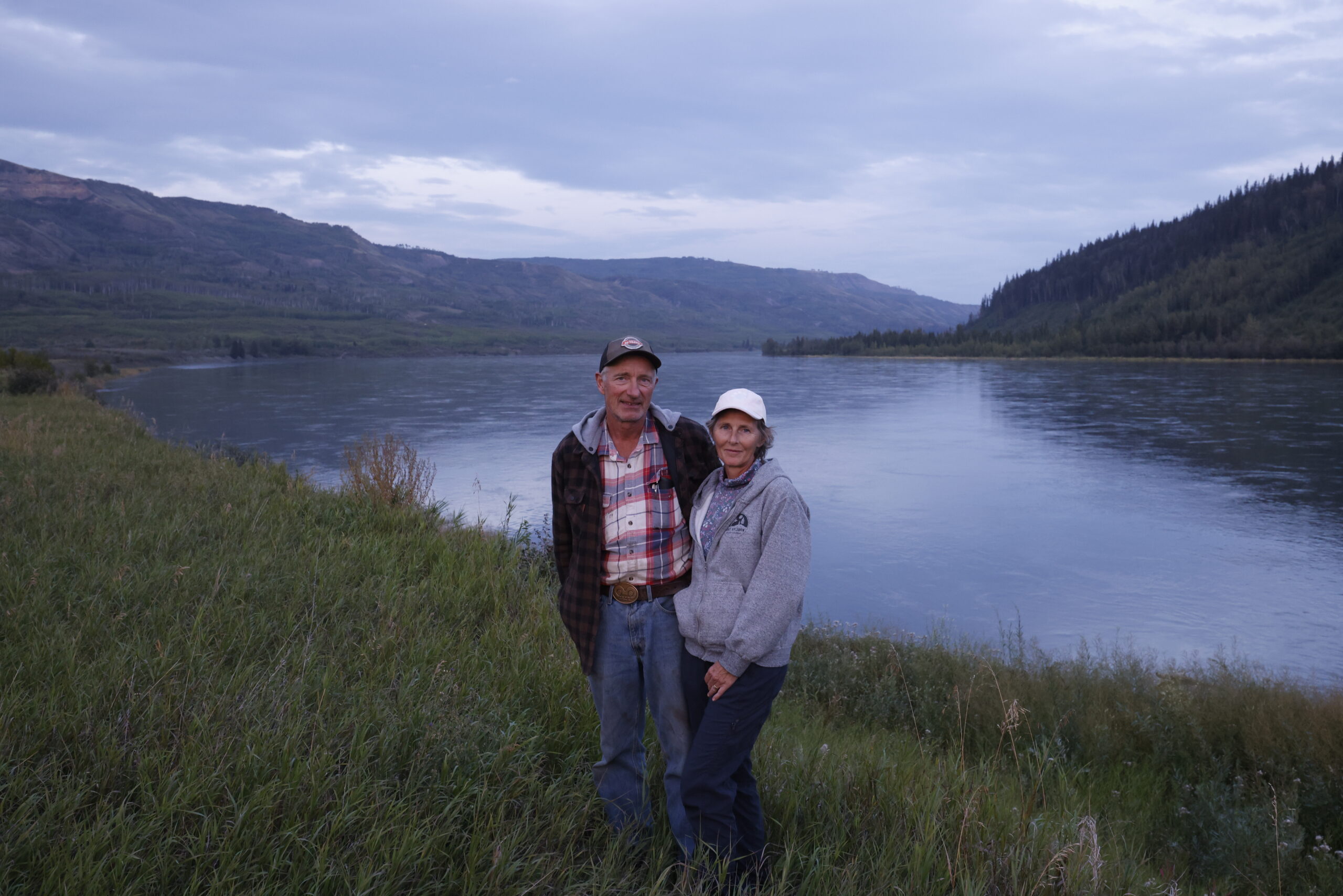
Boon is the president of the Peace Valley Landowner Association, representing dozens of landowners impacted by the Site C dam. The Boons, who live upstream of the dam site, lost most of their third-generation family farm in 2016 when the B.C. government expropriated it for the hydro project. Today, they live in a former guest cabin on what’s left of their farm, overlooking the future reservoir in the scenic and landslide-prone valley.
Since Site C dam construction began in 2015, the publicly funded project has been plagued by huge cost overruns, delays and serious geotechnical issues — related to a weak shale foundation — that were withheld from the public for more than a year.
The hydro dam was approved by former BC Liberal premier Christy Clark, who famously vowed to push the contentious project past “the point of no return.”
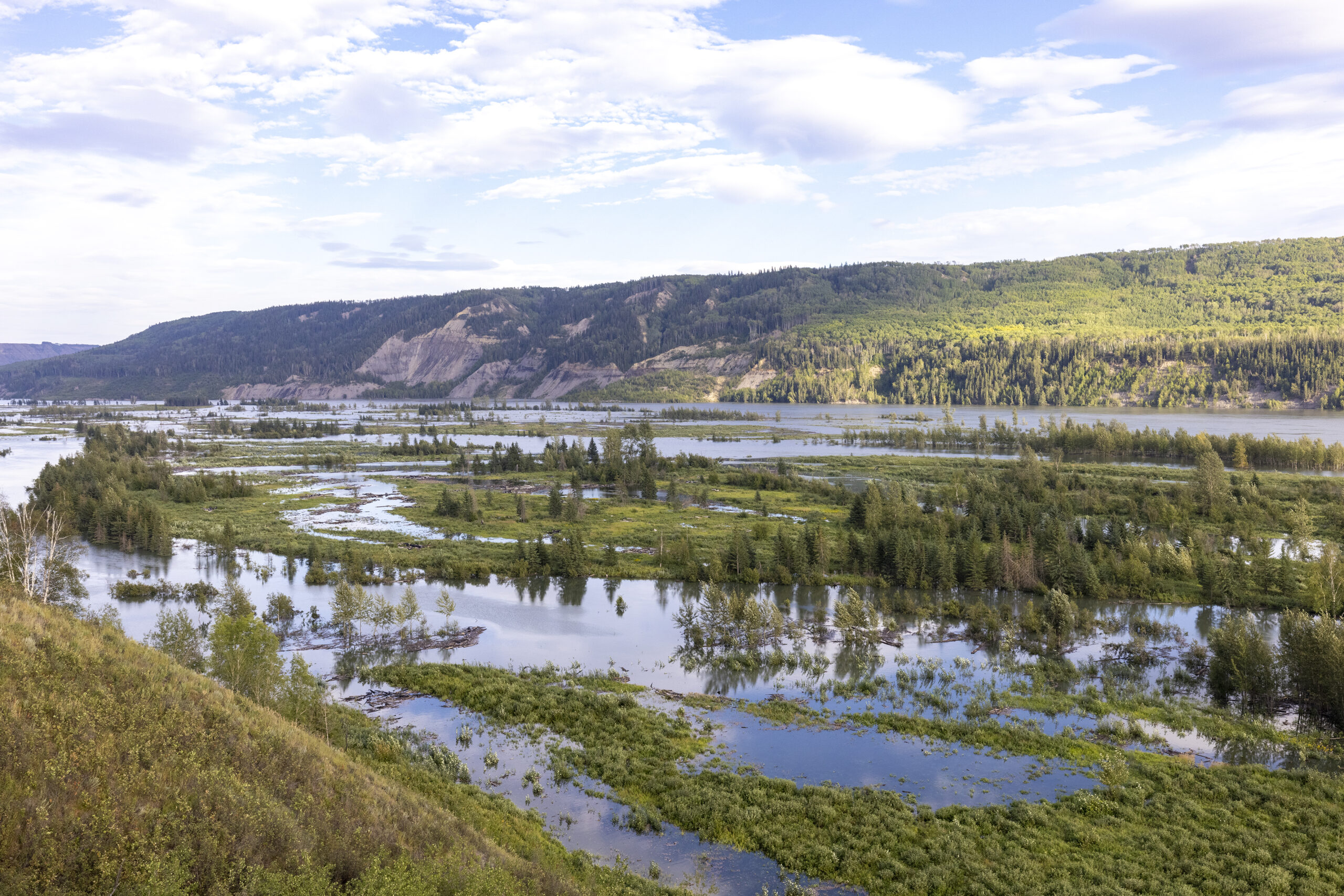
Since then, the project’s cost has ballooned from $8.7 billion to $16 billion, making it the most expensive dam in Canada’s history — and not nearly the largest.
BC Hydro says the Site C dam will provide “clean energy” to help electrify the province. The dam will help power B.C.’s new liquefied natural gas (LNG) export industry, including through new transmission lines that could be funded by federal taxpayers. BC Hydro says it has already begun to recover some of the costs of the debt-funded Site C project, whose price tag includes more than $1 billion in interest.
A statement posted on BC Hydro’s website on Aug. 25, the day reservoir filling began, said the river will rise 30 centimetres to three metres a day for two to four months. The Peace River will double or triple in width and the reservoir will be up to 52 metres deep, according to an earlier BC Hydro statement.
The rising waters will flood 128 kilometres of the Peace River and its tributaries, creating a 9,330-hectare reservoir — almost five times the size of B.C.’s capital city of Victoria. Among many other impacts, the project will destroy some of Canada’s highest-quality farmland, habitat for more than 100 species at risk of extinction and Indigenous hunting, trapping and fishing grounds.
Roland Willson, chief of West Moberly First Nations, described the start of reservoir filling as “one of those sad, surreal moments that you wish never would happen, but inevitably, it’s happening.” West Moberly First Nations fought the Site C project in the courts for years, before reaching a partial settlement in June 2022.
“They beat us basically into submission on this,” Willson said in an interview. “We just couldn’t fight with them anymore. We don’t have the billions of dollars that they have to fight in court on things, and it didn’t seem to matter.”
Willson said the Peace River was historically a highway for Indigenous Peoples, connecting communities. “It was a hub of transportation throughout the territory.”
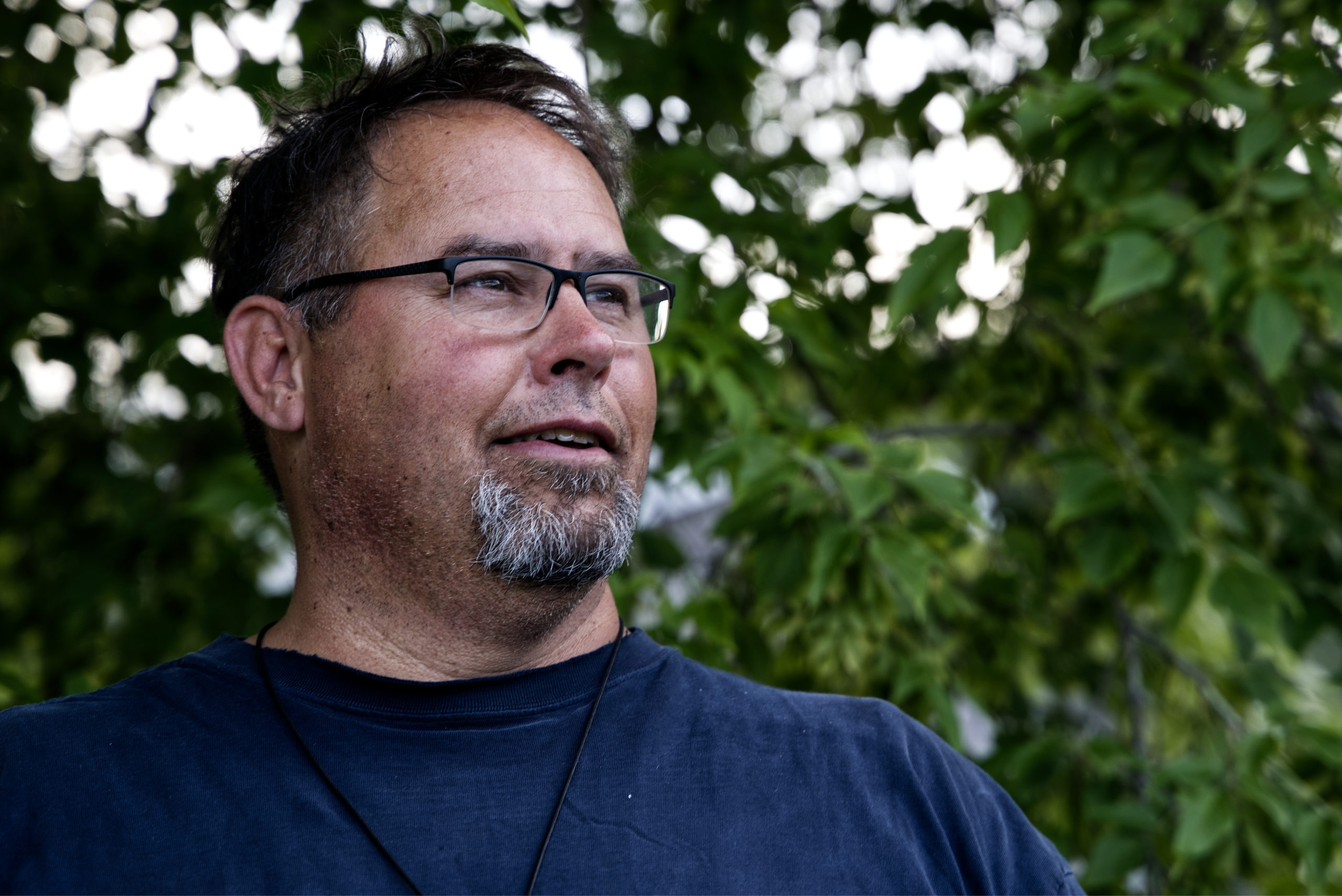
The Site C dam is the third dam on B.C.’s Peace River, following construction of the W.A.C. Bennett dam and the Peace Canyon dam in the 1960s and 1970s. It will flood the last stretch of river and valley still available to Treaty 8 members for cultural practices, Willson noted, saying he regularly fished the river for bull trout, Arctic grayling and Dolly Varden. He won’t be able to do that anymore, he said, because the reservoir will contaminate fish with methylmercury, making them unsafe for consumption unless in very small quantities.
“Just because it’s the last remaining chunk of valley didn’t make it less important. It made it more important,” Willson said.
“There’s spiritual sites along the river that will be destroyed, grave sites that are along the river that’ll be destroyed. … Everywhere they dug they found artifacts on the river. If we had to prove our existence and our presence in the Peace River, they’ve got more than enough evidence. They can fill warehouses full of stuff. We have stories — old, old stories — about hunting the mammoth. And they were finding mammoth bones with flint arrowheads stuck in them, spearheads stuck in the bones and stuff like that.”
Willson said he’s tried to avoid spending time in the valley during project construction. Along with the destruction of cultural sites, BC Hydro has clear cut irreplaceable wetlands and forests, including old growth, in preparation for flooding and transmission lines. “It’s kind of like driving by an accident, looking to see the carnage that’s happening. It’s just a sad, sad thing.”
He said project construction has transformed the West Moberly community because people no longer want to drive from their homes to Fort St. John, B.C., the regional hub, because they have to travel through the valley. “And it just reminds them of what’s already being done, and what’s continuing to happen, to our people.”
In July, Boon harvested the last hay crops from some of the family’s former fields, thinking about the impending flooding. “You’ve got lots of time to think when you’re going back and forth and around a field during haying season. Lots of time to dwell on that. And yeah, it’s kind of tough.”
He expects to see an influx of wildlife travelling through the couple’s yard, “from packrats on up” and including bears, elk, chipmunks and squirrels, as they flee the rising waters. “Everything, all creatures, great and small, are going to be impacted by this massive flooding that’s coming — and coming really quick.”
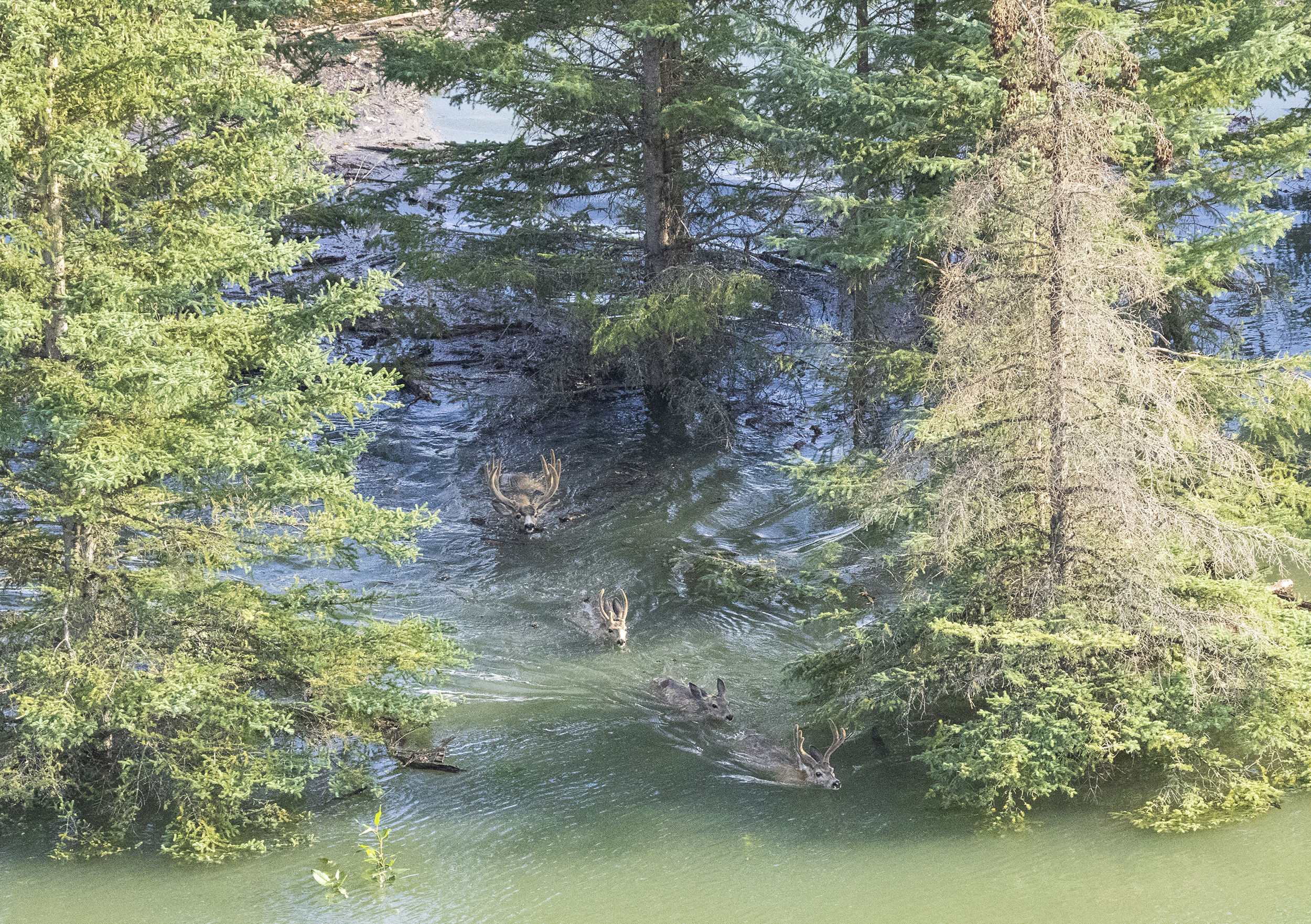
The Peace Valley, rich in biodiversity, is an essential link in a continentally important wildlife corridor. Among many other environmental impacts, the reservoir will flood bear dens and, according to Environment and Climate Change Canada, habitat for up to to 30,000 songbirds and woodpeckers that breed in the reservoir impact zone.
In its website statement, BC Hydro said starting reservoir filling in late summer “is the least impactful period for wildlife, as it falls in between bird nesting and winter denning.” The public utility said it has taken comprehensive measures to mitigate potential impacts on wildlife, including “removing vegetation from the reservoir area, while building wetlands, fish habitat and wildlife den structures.”
In an emailed response to questions, BC Hydro spokesperson Greg Alexis said the public utility has partnered with Treaty 8 First Nations and the B.C. Conservation Officer Service to create a new conservation officer position “to protect wildlife and the land around the dam and reservoir area.”
Aerial and ground surveys to monitor wildlife will be conducted during reservoir filling in partnership with an Indigenous cultural monitoring program, Alexis said.
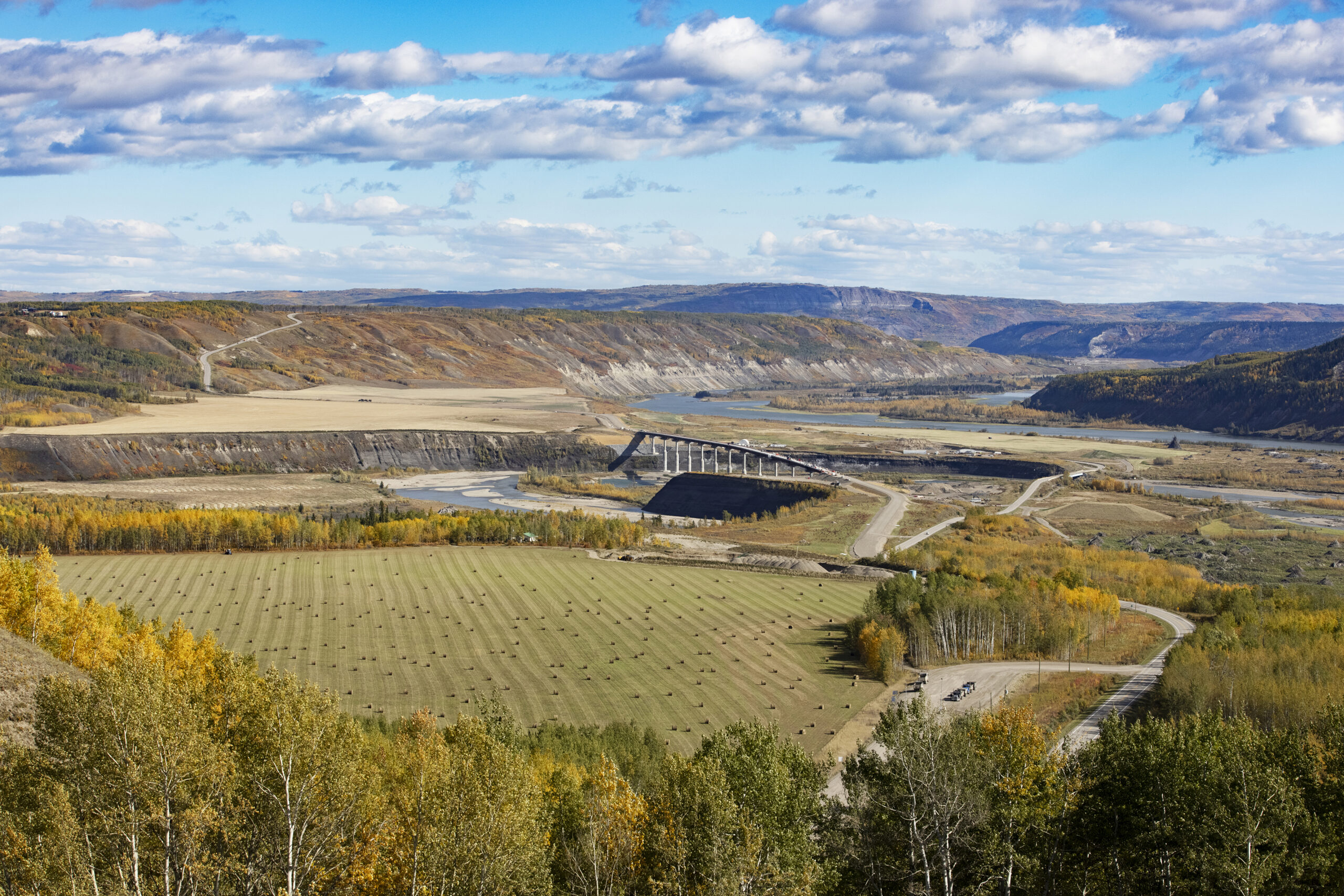
Boon said he finds BC Hydro’s website statement about the Site C project and the reservoir flooding disturbing, saying it “seems very callous” given how many people are deeply affected by the project.
“There doesn’t seem to be a nod towards the impact that people are going to feel. Some of us, I think, virtually got post traumatic stress syndrome from this. We’ve all, we’ve been through the ringer. And yeah, there’s no acknowledgement or nod toward that, or even attempt at that.”
Alexis said BC Hydro has signed 130 agreements with property owners “for permanent impacts as a result of the Site C project.”
BC Hydro did not answer a question asking for the total number of people who have lost some or all of their private property for the Site C project, including through expropriation.
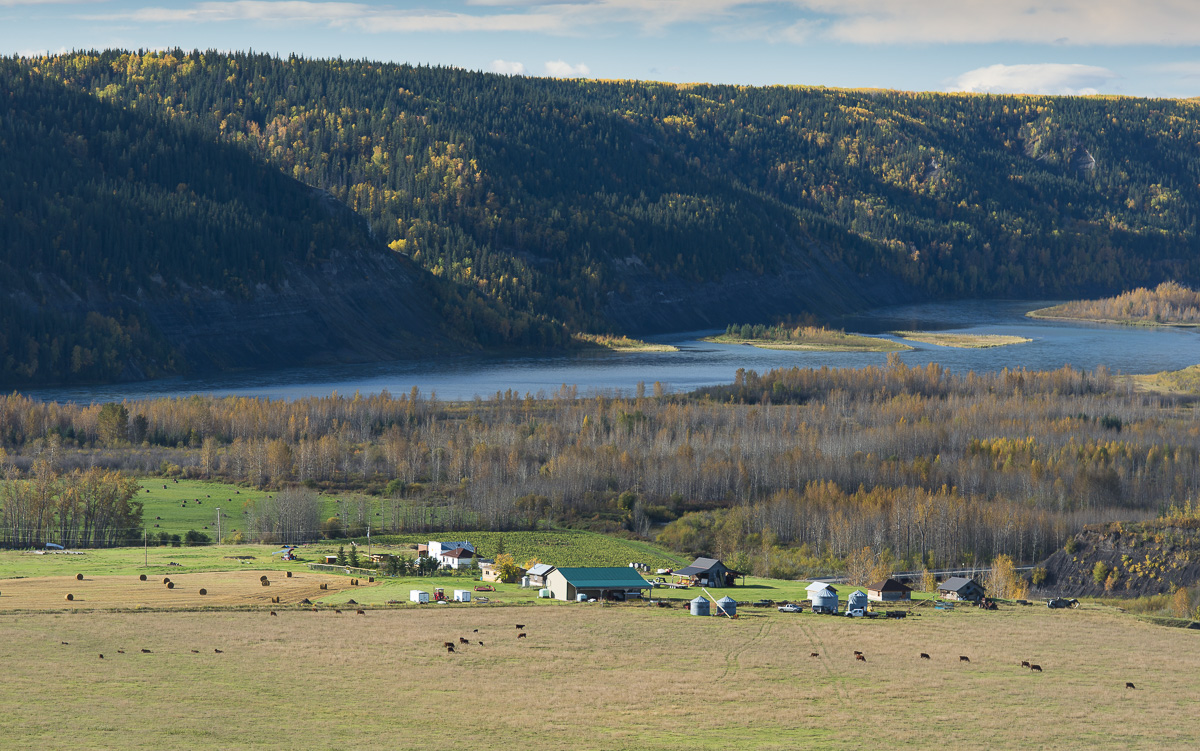
Harry Swain chaired the review panel that examined the Site C project for the federal and provincial governments. He’s also Canada’s former director general for electricity, coal, uranium and nuclear energy and Canada’s former senior advisor for renewable energy. Swain has been an outspoken critic of the Site C project, along with other high-profile industry experts including Marc Eliesen, the former CEO of BC Hydro, Manitoba Hydro and Ontario Hydro. (Eliesen passed away in 2023.)
Swain told The Narwhal there was not a case in 2014, when the review panel submitted its report — “and [not] in my view now” — to spend a decade building a large, expensive hydro dam when other renewable energy sources could be developed more cheaply and “a heck of a lot faster.”
“That’s been the great lesson of the solar and wind industries. In the intervening decade, their prices have fallen dramatically. Their capacity worldwide has just skyrocketed.”
He noted the Site C dam’s energy storage is “very small” compared to the W.A.C. Bennett dam upstream, whose vast reservoir will feed the Site C dam reservoir.
Swain said the only possible case to be made for building the Site C dam would be decades in the future, and only if it became the least expensive source of new power. “If you need new power, the cheapest stuff is solar and wind, using some of your existing reservoirs for the necessary storage. That’s where you go first.”
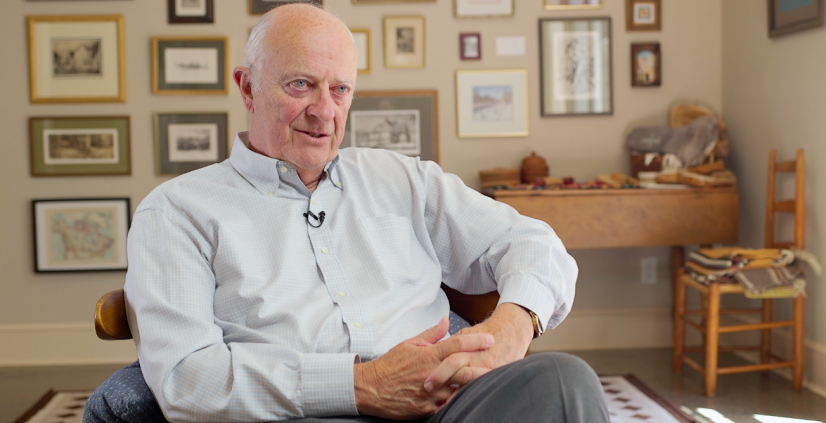
While the review panel anticipated a boom in electric vehicles when calculating B.C.’s future energy demand, they did not take into account energy needs from cryptocurrency, artificial intelligence or LNG, Swain said.
“We did not believe that [BC] Hydro — and its owners, I guess — would be so keen on requiring LNG promoters to use B.C. grid electricity for compressing and liquefying the gas. That’s an enormous load, which is not at all the industry norm.”
Boon said he hopes the Site C dam is the last large hydro project constructed in B.C. “Economically, it’s bad. Environmentally, it’s just so destructive. Rivers are literally the lifeblood of the world … and to be choking them off with dams is just so destructive against the ecosystems that we rely on, especially in a world grappling with climate change,” he said.
“We have to decarbonize our economy, but it can’t be on the back of flooding more river valleys.”
Updated on Aug. 27, 2024, 5:15 p.m. PT: This story has been updated to say BC Hydro has begun to recover some of the costs of the debt-funded Site C dam project, whose price tag includes more than $1 billion in interest. An earlier version of the story incorrectly said BC Hydro customers would begin paying for the Site C dam project next year.
Get the inside scoop on The Narwhal’s environment and climate reporting by signing up for our free newsletter. Angello Johnson’s shoulders burn, and his arms...
Continue reading
First Nations are leading efforts to make sure lake sturgeon can find a home in...

We’re excited to share that an investigation by The Narwhal is a finalist for the...

A new documentary, Nechako: It Will Be a Big River Again, dives into how two...
